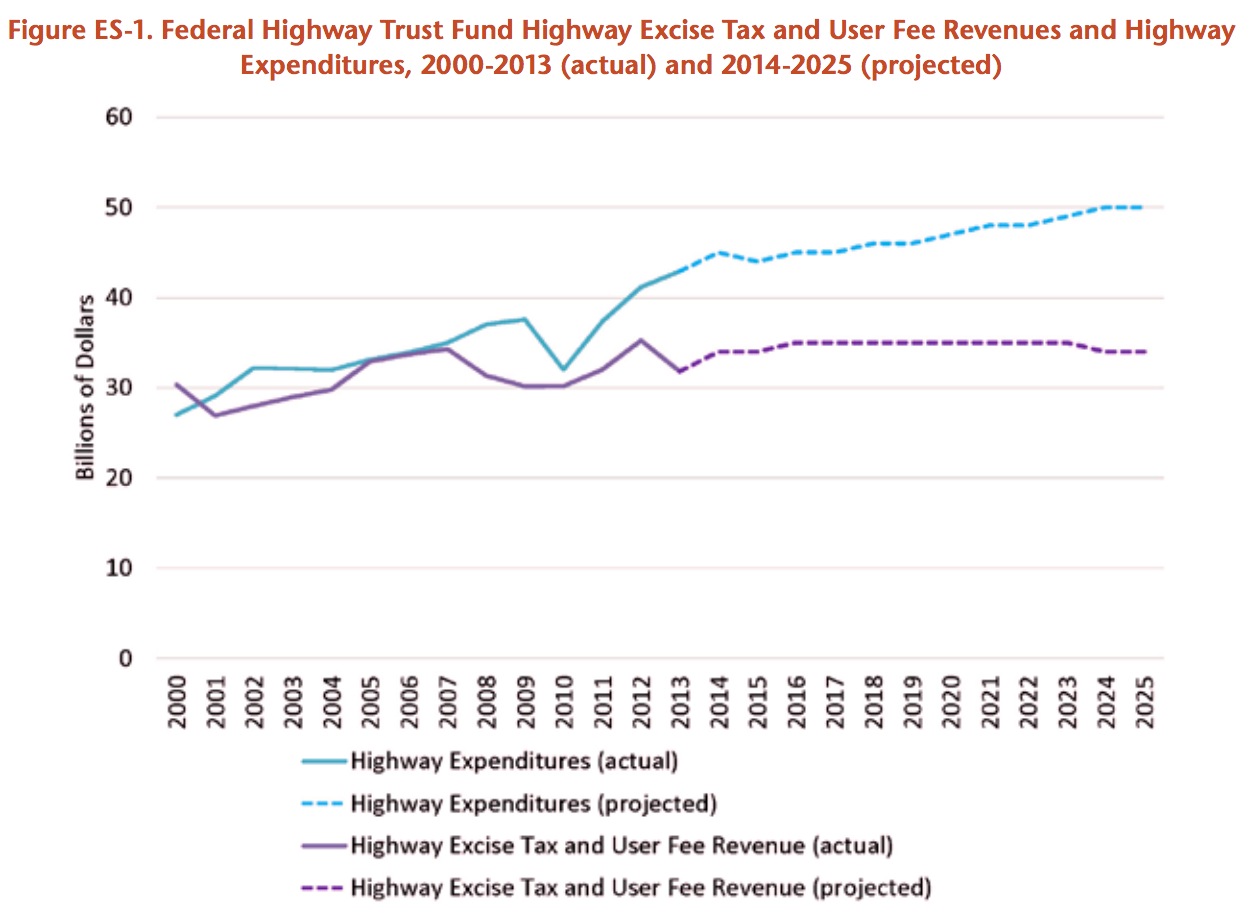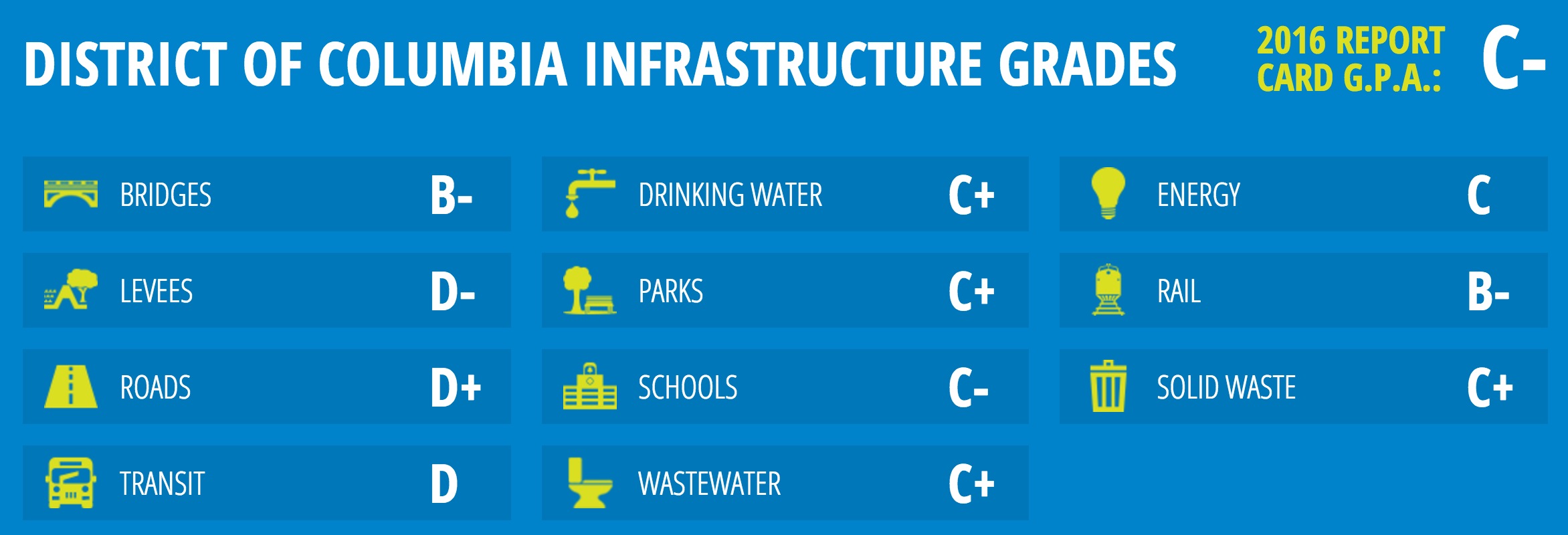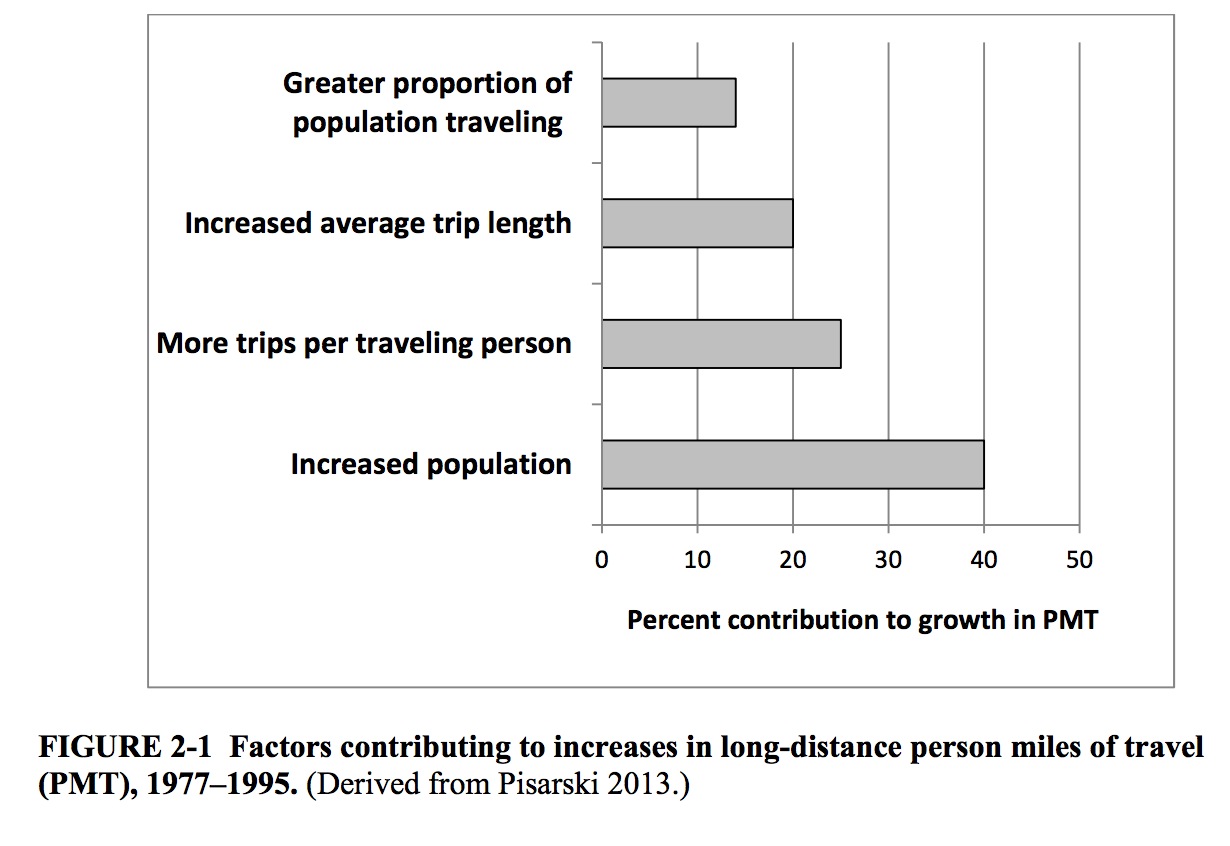
U.S. PIRG EDUCATION FUND
FRONTIER GROUP
America is in a long-term transportation funding crisis. Our roads, bridges and transit systems are falling into disrepair. Demand for public transportation, as well as safe bicycle and pedestrian routes, is growing. Traditional sources of transportation revenue, especially the gas tax, are not keeping pace with the needs. Even with the recent passage of a five-year federal transportation bill, the future of transportation funding remains uncertain.





















 RSS Feed
RSS Feed